I'm looking for the best way to change the backgroundColor of an NSView. I'd also like to be able to set the appropriate alpha mask for the NSView. Something like:
myView.backgroundColor = [NSColor colorWithCalibratedRed:0.227f
green:0.251f
blue:0.337
alpha:0.8];
I notice that NSWindow has this method, and I'm not a big fan of the NSColorWheel, or NSImage background options, but if they are the best, willing to use.

